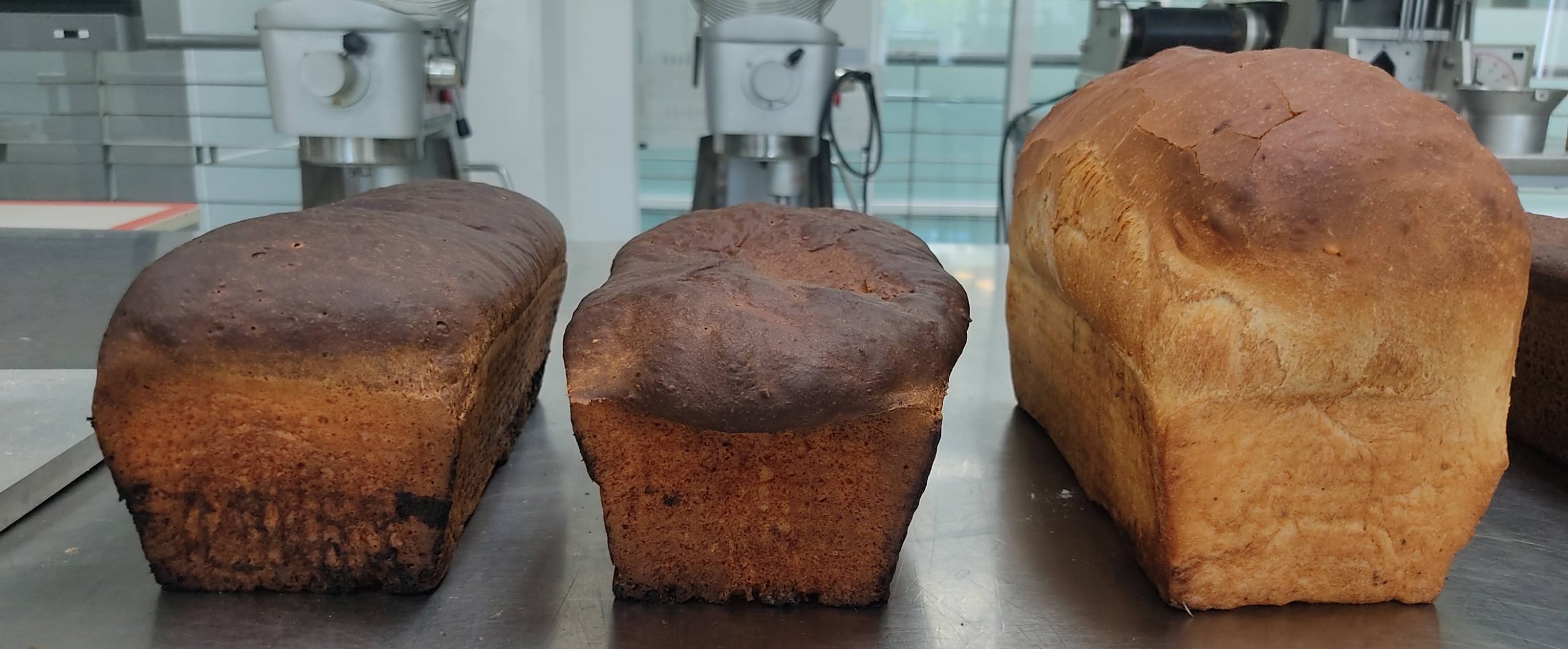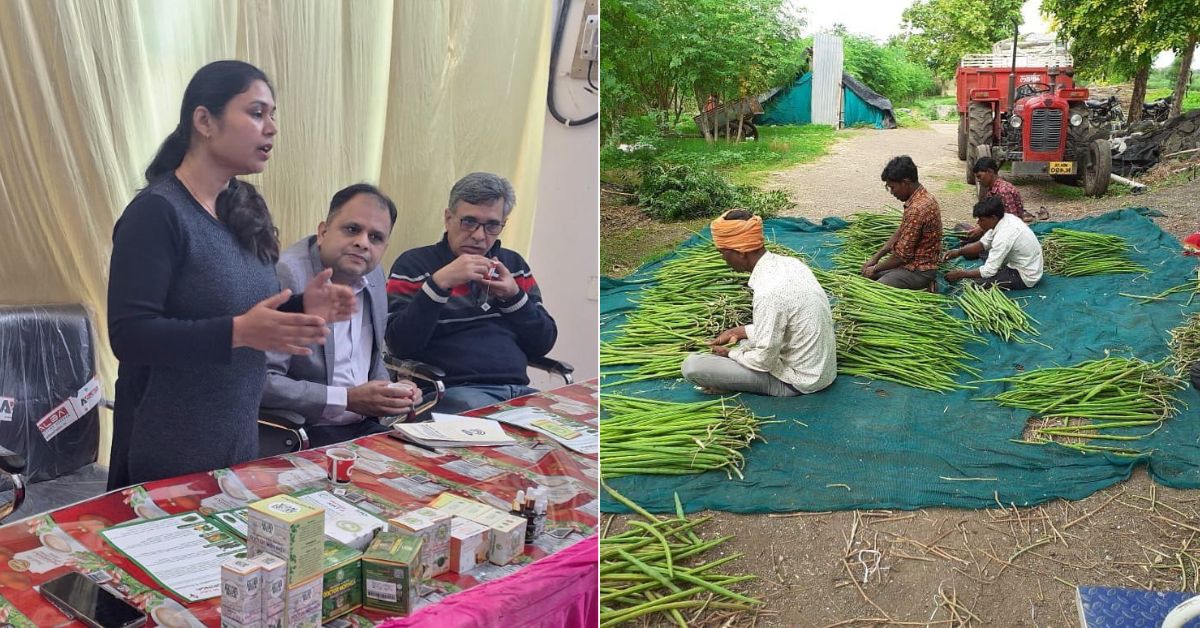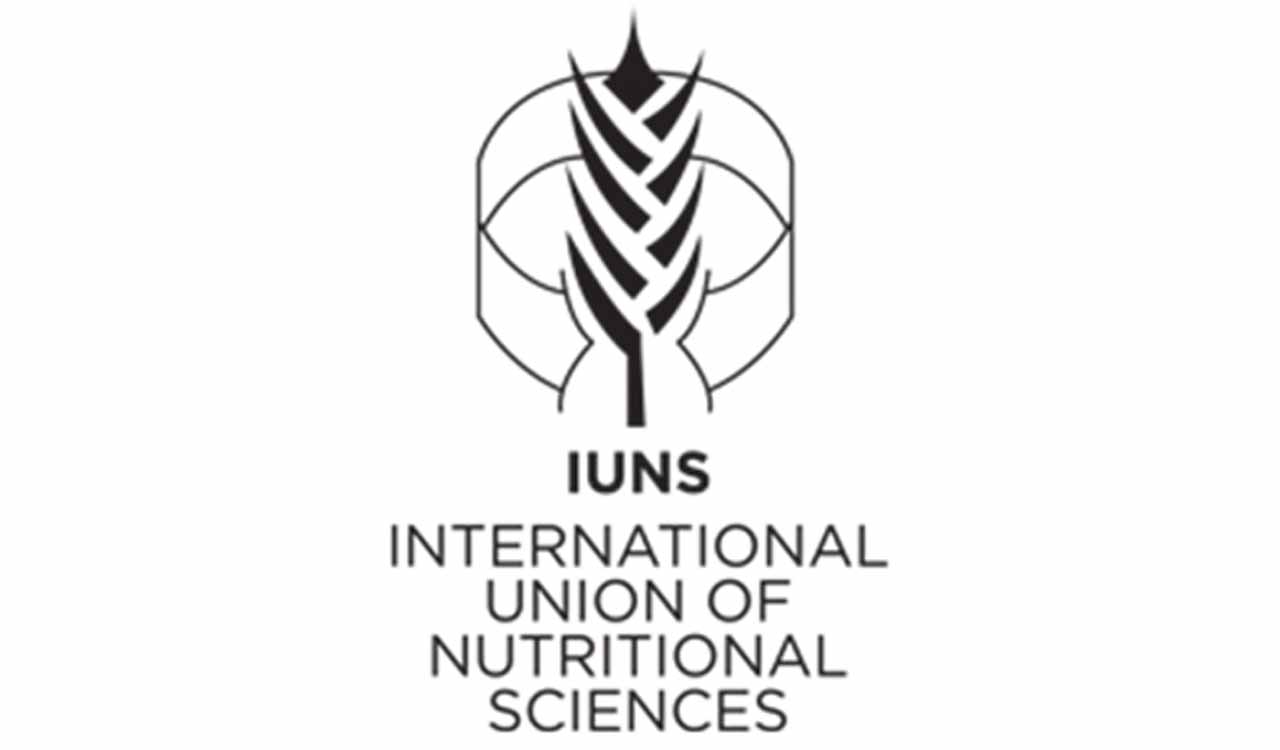Summary
Mexican scientists develop insect-based bread to address protein demand, boost nutrition and combat food insecurity without altering diets.
Source: New Food Magazine

AI News Q&A (Free Content)
Q1: What are the nutritional benefits of incorporating grasshoppers into bread, and how does it compare to traditional protein sources?
A1: Grasshoppers are high in protein, containing essential amino acids similar to those found in meat, eggs, and fish. They also offer environmental benefits due to their lower carbon footprint compared to livestock. This makes grasshopper bread a sustainable alternative to traditional protein sources, providing a high nutritional value with reduced ecological impact.
Q2: How do Mexican scientists aim to address food insecurity with insect-based bread?
A2: Mexican scientists are developing grasshopper-based bread to provide a high-protein food source that can be integrated into existing diets without significant cultural or dietary changes. This innovation aims to meet increasing protein demands and improve nutritional intake, particularly in regions where traditional protein sources are scarce or expensive.
Q3: What are some potential risks associated with consuming insect-based foods like grasshopper bread?
A3: While grasshoppers are nutritious, potential risks include allergic reactions similar to shellfish allergies. Regulatory frameworks are essential to ensure safe processing and marketing of insect-based foods. Proper labeling and consumer education are crucial to mitigate these risks and ensure public safety.
Q4: What recent advances in food nutrition estimation can aid in promoting a balanced diet with innovations like insect-based bread?
A4: Recent studies, such as those employing deep learning for nutrition estimation, have developed methods to accurately assess food portion sizes and nutritional content through monocular images. These advancements can help individuals monitor their nutritional intake more effectively, supporting dietary health with emerging food innovations like insect-based products.
Q5: How does the environmental impact of producing insect-based bread compare to traditional agricultural methods?
A5: Insect farming for food like grasshopper bread has a significantly lower environmental impact than traditional livestock farming. It requires less land, water, and feed, and emits fewer greenhouse gases. This aligns with global sustainability goals, offering a more eco-friendly alternative to traditional protein production methods.
Q6: What role do edible insects play in sustainable agriculture and food systems?
A6: Edible insects contribute to sustainable agriculture by serving as a low-impact protein source. They also support biodiversity and act as pollinators, crucial for various crops. Their integration into food systems helps address rising protein demands while minimizing environmental degradation, thus fostering a sustainable and resilient food supply.
Q7: How does the public perception of insect-based foods like grasshopper bread influence its market acceptance?
A7: Public perception is key to the acceptance of insect-based foods. While nutritional and environmental benefits are significant, cultural attitudes and awareness can affect consumer willingness to adopt such innovations. Education and marketing strategies highlighting the benefits and safety of insect-based foods can enhance market acceptance and integration into mainstream diets.
References:
- Insects as food
- Uncovering the nutritional landscape of food
- DPF-Nutrition: Food Nutrition Estimation via Depth Prediction and Fusion
- The Environmental and Ecological Benefits of Edible Insects: A Review



